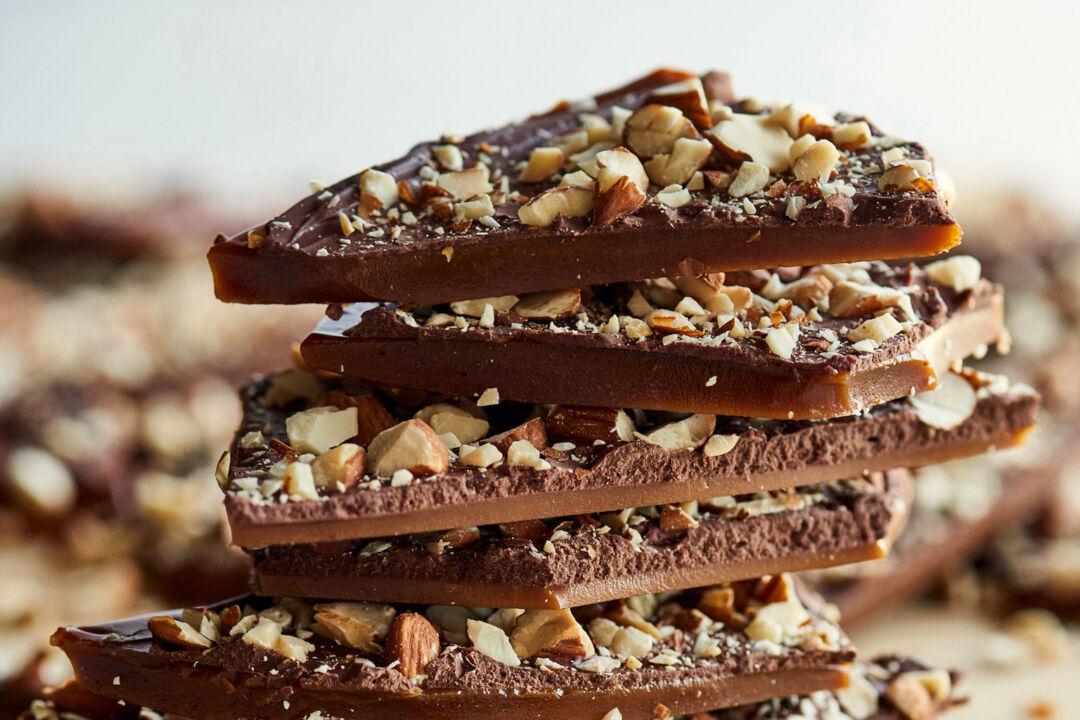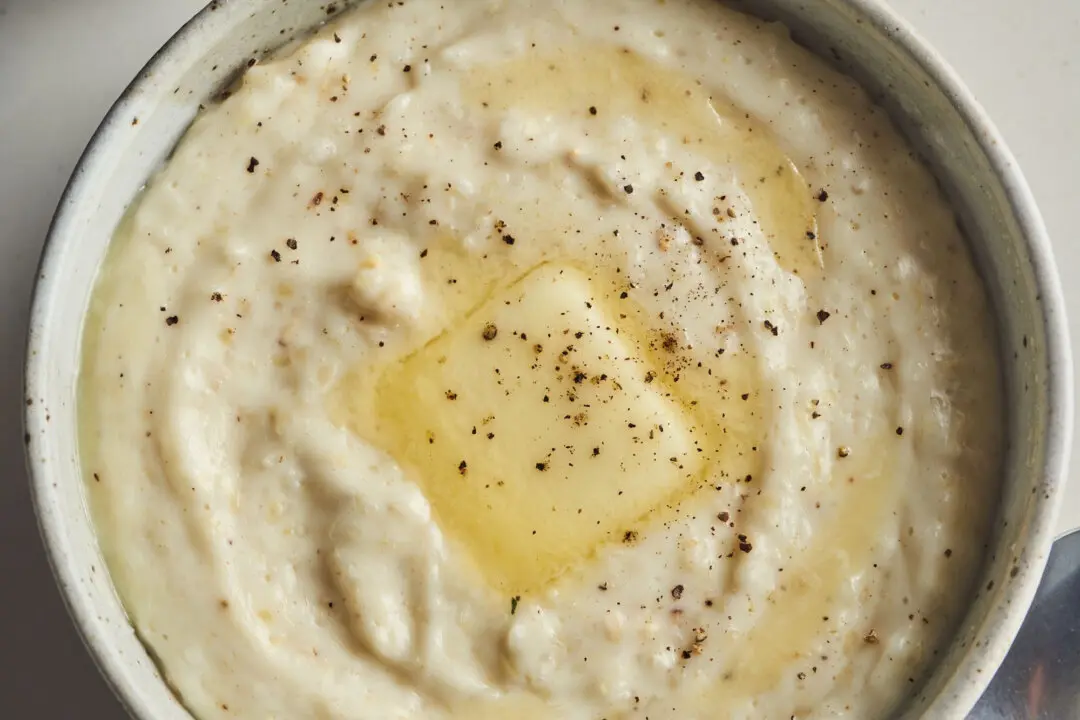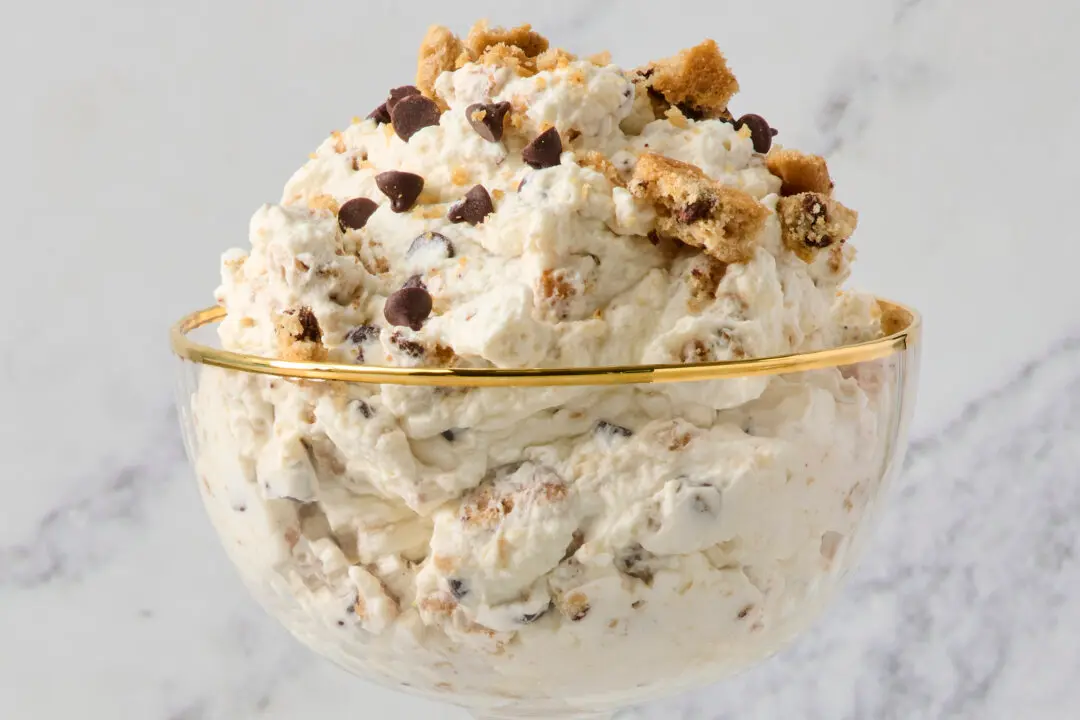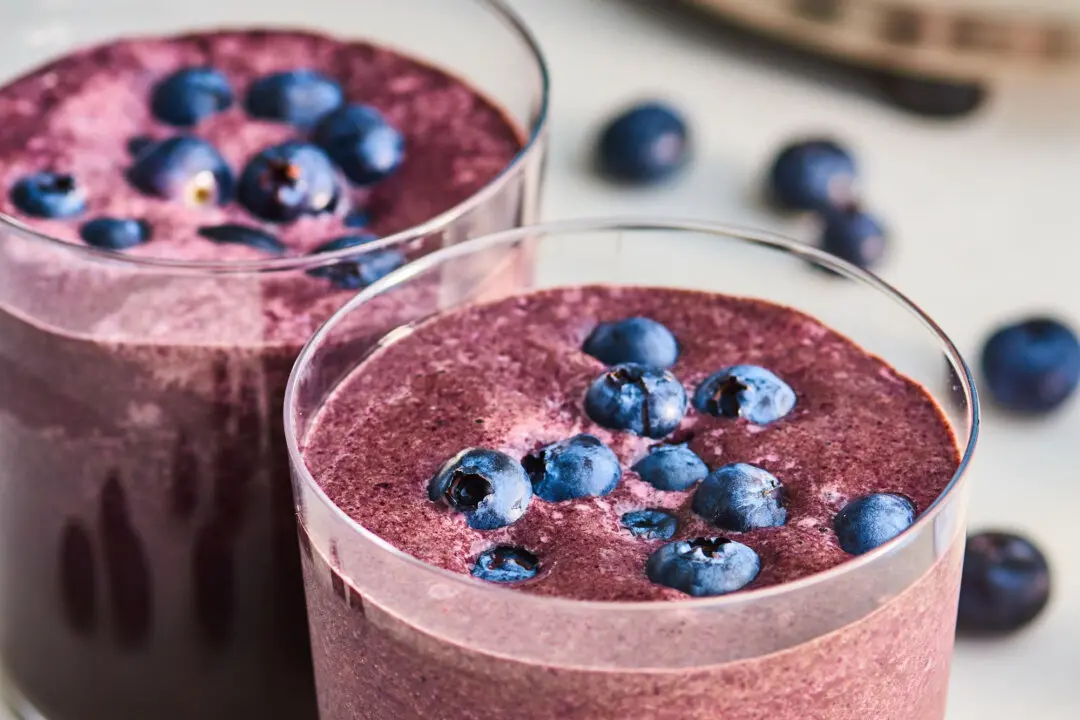Gifting a batch of homemade toffee is the ultimate way to impress your friends and family. The best part—no one has to know how easy it really is. If you can melt butter and read a thermometer, you can make toffee—I promise.
In this recipe, you’ll learn how to make buttery toffee from scratch complete with a layer of rich chocolate and finely chopped nuts that’s better than anything you can buy.
What Is Toffee?
Toffee is a candy made by cooking butter and sugar to the upper limit of the soft crack stage (295 degrees F to 300 degrees F), then cooled in a thin layer until crunchy. Toffee has rich, buttery, and caramel flavors and is often topped with chocolate and chopped nuts.Ingredients in Homemade Toffee
- Granulated sugar: Heating sugar develops caramel-like flavors and aromas (thanks to the Maillard reaction). The candy’s texture is directly related to the temperature at which the sugar is cooked.
- Unsalted butter: Butter adds richness and dairy flavor to toffee and keeps the candy from sticking to the teeth.
- Kosher salt: Even candy needs a bit of salt for balance and to bring out the nuance of caramel flavors.
- Chocolate: Sprinkle semi-sweet chocolate chips evenly over the toffee, and let the residual heat from the candy melt the chocolate. A mini offset spatula is one of my favorite kitchen tools and it works like a dream to spread the chocolate into an even layer.
- Nuts: Almonds and pecans provide a nutty crunchy to the top of homemade toffee. Start with raw, whole nuts and toast them in the oven until fragrant.
Are English, American Toffee Different?
While Americans refer to most toffee as “English toffee,” there are two major differences between the two.- American toffee (also called buttercrunch) relies on granulated or white sugar and nuts.
- English toffee starts with brown sugar and does not contain nuts.
Difference Between Caramel, Toffee?
The biggest difference between caramel and toffee is texture. The texture of caramel can range from a thick caramel sauce to chewy candy, but toffee is always hard and crunchy.- Caramel candies: Melt sugar into a syrup either with a bit of water (wet caramel) or without (dry caramel) and flavor with cream, butter, and vanilla extract. Soft and chewy caramel candies are cooked to the firm ball stage (245 F to 250 F).
- Toffee: Cook butter and sugar together to the upper limit of the soft crack stage (between 295 F and 300 F), then pour it into a pan to quickly cool into a crunchy candy.





